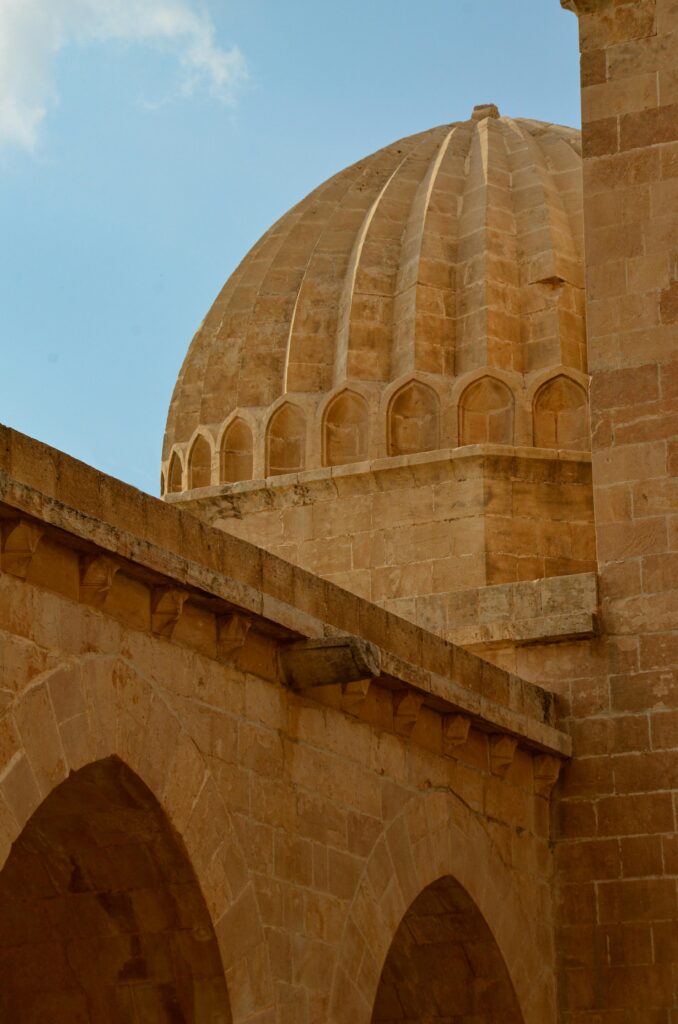The ancient riparian production landscapes of the #Tigris Basin in northern #Mesopotamia continue to be a significant source of inspiration for contemporary researchers. In a recent field study we conducted in the provinces of #Mardin, #Batman, and #Şırnak in #Turkey, we identified several innovative artisan techniques of #agroecology. These techniques have transformed arid areas into fertile landscapes that support rich #biodiversity. One remarkable example of these ancient practices is found in the rice fields of Gönüllü village in Batman. Here, locals ingeniously converted dry karstic hills into productive #rice fields by designing and untilising a fractal model irrigation system to channel spring water. Numerous other innovative methods are employed to manage scarce water resources, including #rainwater harvesting. Additionally, over time, #drought resistant varieties of several crops, fruits, and vegetables have been developed. Regrettably most of these varieties and the techniques employed for production are severely threatened. #Anatolia and northern Mesopotamia, recognized as the cradle of agriculture, represents a living heritage where ancient agroecological practices offer firm solutions to contemporary challenges, notably #desertification and #climatechange. The agroecology lab of Izmir School is dedicated to unraveling this invaluable knowledge preserved in the remote landscapes of our planet.

